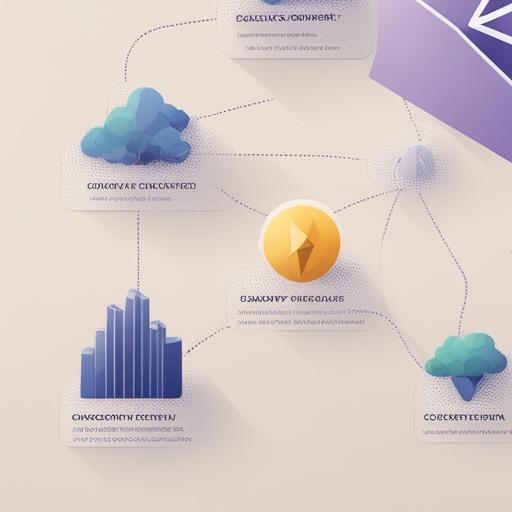Introduction
Since its inception in 2013, Ethereum has been making waves in the world of blockchain and cryptocurrency. Created by Vitalik Buterin, this decentralized platform paved the way for the development of smart contracts and decentralized applications (DApps) that have the potential to revolutionize various industries. This blog post explores how Ethereum was adopted for use and its impact on the blockchain landscape.
The Birth of Ethereum
The Genesis Block
In 2008, Satoshi Nakamoto introduced Bitcoin, proving the concept of a decentralized digital currency. Inspired by Bitcoin, Vitalik Buterin proposed Ethereum as a blockchain platform capable of executing programmable contracts. In July 2015, Ethereum finally went live with its own genesis block, marking the beginning of a new era in blockchain technology.
Smart Contracts: The Game-Changer
Bringing Programmability to the Blockchain
Ethereum introduced the concept of smart contracts, which are autonomous, self-executing agreements. Smart contracts eliminate the need for intermediaries, making transactions more efficient and secure. Developers can create custom smart contracts using Solidity, Ethereum’s native programming language, and deploy them on the Ethereum Virtual Machine (EVM).
Decentralized Applications (DApps)
With the introduction of smart contracts, Ethereum also opened the doors to decentralized applications. DApps leverage the power of Ethereum’s blockchain and smart contracts to create transparent, censorship-resistant, and trustless applications. Today, there are thousands of DApps in various domains, including finance, gaming, decentralized exchanges, and more.
The Growing Ethereum Ecosystem
The Ethereum Community
One of the key factors behind Ethereum’s adoption is its vibrant and active community. Developers, entrepreneurs, and enthusiasts gather on platforms like Reddit, Discord, and GitHub to collaboratively drive the growth and development of Ethereum. The community’s involvement has led to continuous improvements, bug fixes, and the creation of innovative tools and frameworks.

The Enterprise Ethereum Alliance (EEA)
Recognizing the potential of Ethereum in enterprise applications, the Enterprise Ethereum Alliance (EEA) was formed in 2017. The EEA brings together businesses, start-ups, and technology providers to collaborate on building, promoting, and implementing Ethereum-based solutions. This consortium promotes interoperability, security, and scalability, fostering the adoption of Ethereum in various industries.
Real-World Use Cases
Decentralized Finance (DeFi)
Ethereum has played a crucial role in the emerging field of decentralized finance, or DeFi. DeFi applications built on Ethereum allow users to access financial services without relying on intermediaries. This includes lending and borrowing platforms, decentralized exchanges, stablecoins, and more. DeFi has gained significant traction, demonstrating the potential for Ethereum to disrupt traditional financial systems.
Tokenization and ICOs
Ethereum’s ERC-20 standard, introduced in 2015, revolutionized the crowdfunding landscape with Initial Coin Offerings (ICOs). Start-ups and projects could raise funds by issuing their own tokens on the Ethereum blockchain. This tokenization trend created a new funding mechanism, empowering entrepreneurs and investors around the world.
Looking Ahead
Ethereum 2.0 and Beyond
Ethereum 2.0, also known as Eth2 or Serenity, is an eagerly anticipated upgrade to Ethereum. It aims to address scalability and performance issues by implementing a new consensus mechanism called Proof-of-Stake (PoS) and shard chains. This upgrade will enhance Ethereum’s capabilities, opening up even more possibilities for developers and users.
Interoperability with Other Blockchains
As the blockchain space evolves, interoperability between different blockchain networks becomes increasingly important. Ethereum’s adoption has paved the way for projects like Polkadot, Cosmos, and Chainlink, which aim to bridge different blockchains and enable seamless communication and asset transfer between them.
Conclusion
Ethereum’s adoption has been nothing short of revolutionary. Through the introduction of smart contracts, decentralized applications, and its growing ecosystem, Ethereum has transformed various industries. As the blockchain technology continues to evolve, Ethereum remains at the forefront, driving innovation and shaping the future of decentralized applications.
